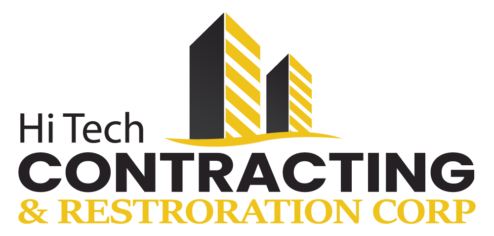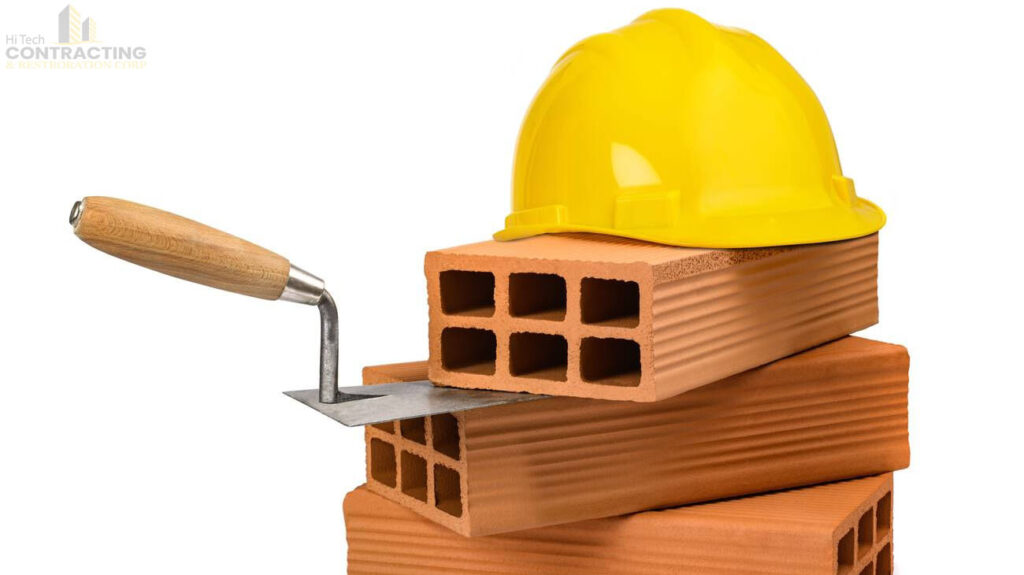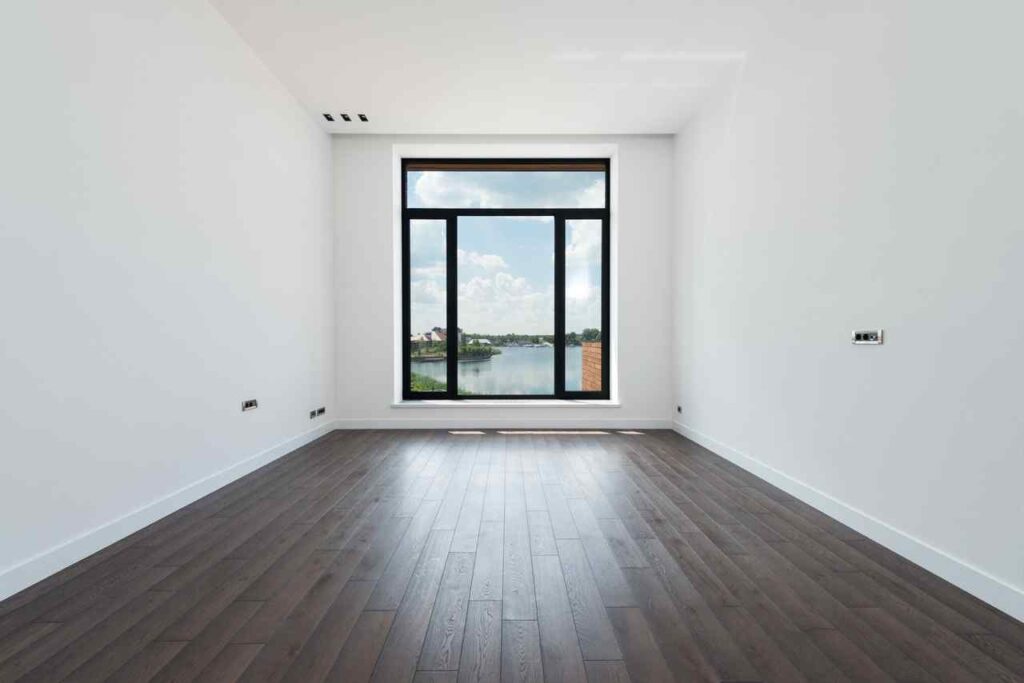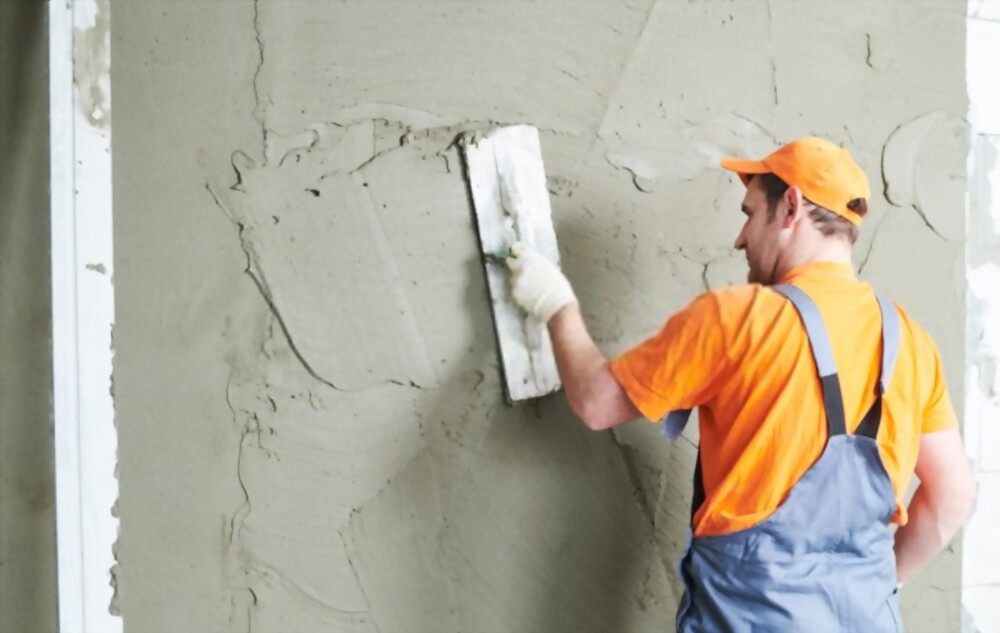Introduction:
In the world of masonry restoration and renovation, two phrases often emerge: repointing and tuckpointing. While often used interchangeably, those approaches are wonderful and serve unique functions in retaining the integrity and aesthetics of brickwork and stonework. This complete manual goals to explain the disparities between repointing and tuckpointing, exploring their strategies, packages, and significance in retaining structural integrity and visible attraction.
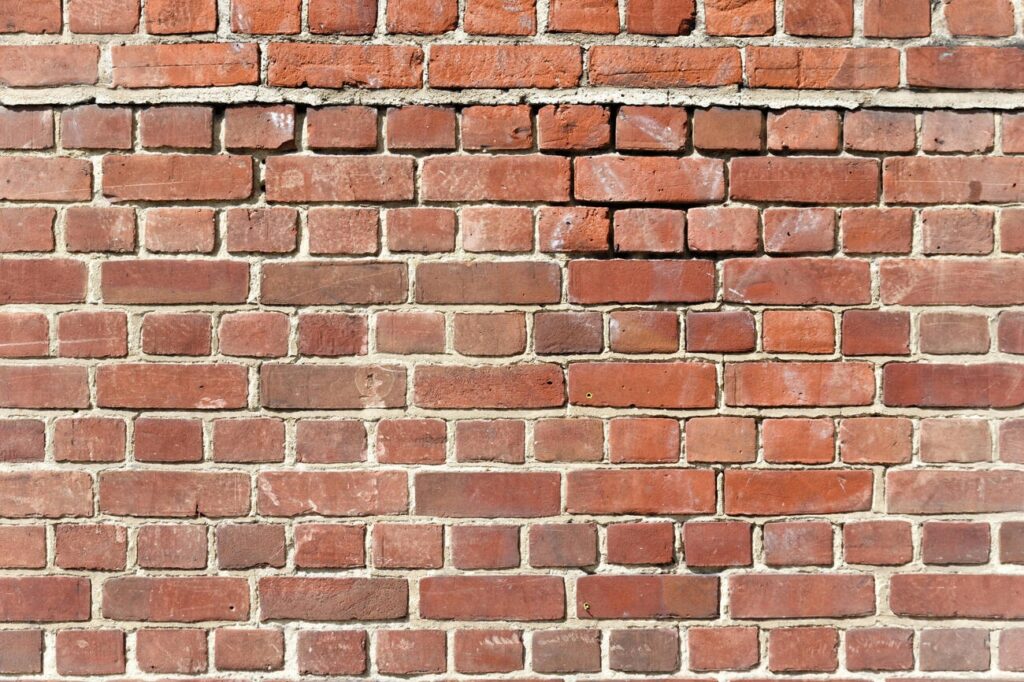
Repointing: Restoring Structural Integrity
Definition:
Repointing refers to the meticulous manner of renewing the outside mortar joints among bricks or stones, broadly speaking geared toward restoring the structural integrity of masonry. Over time, weathering, moisture infiltration, and herbal put on can degrade mortar joints, compromising the stability and sturdiness of the complete structure. Repointing addresses those issues by way of disposing of deteriorated mortar and changing it with sparkling mortar, thereby reinforcing the structure and prolonging its lifespan.
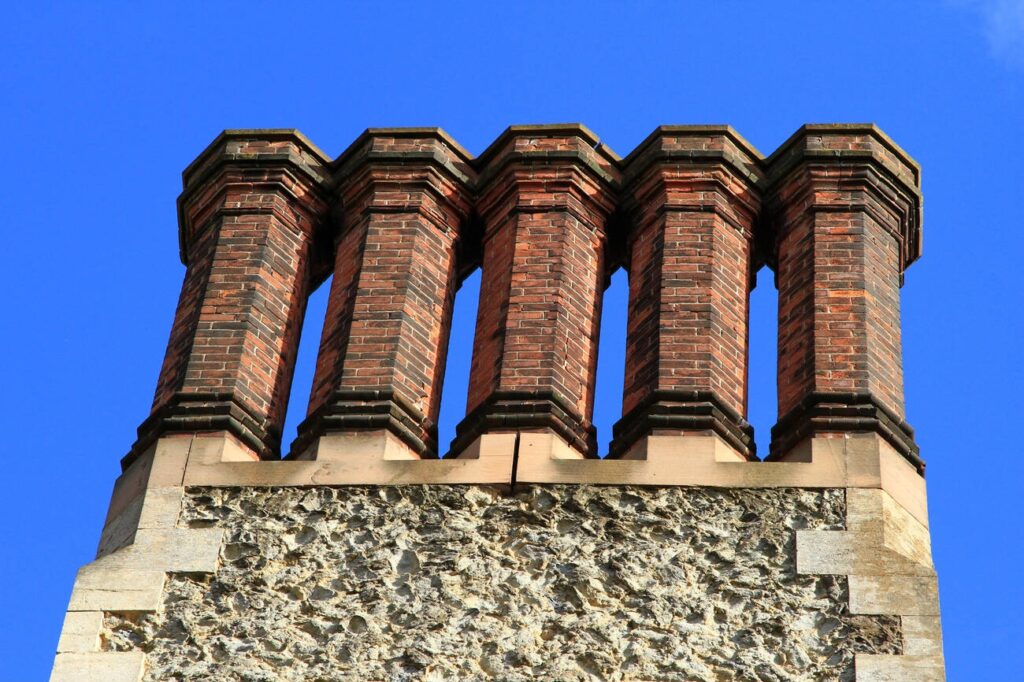
Technique:
The repointing procedure begins with a radical evaluation of the present mortar joints to determine their circumstance and composition. Next, professional masons carefully put off the deteriorated mortar the usage of specialised tools inclusive of chisels, grinders, or mortar saws, ensuring minimal disturbance to the encompassing bricks or stones. Once the vintage mortar is removed, the joints are cleaned and prepared for repointing.
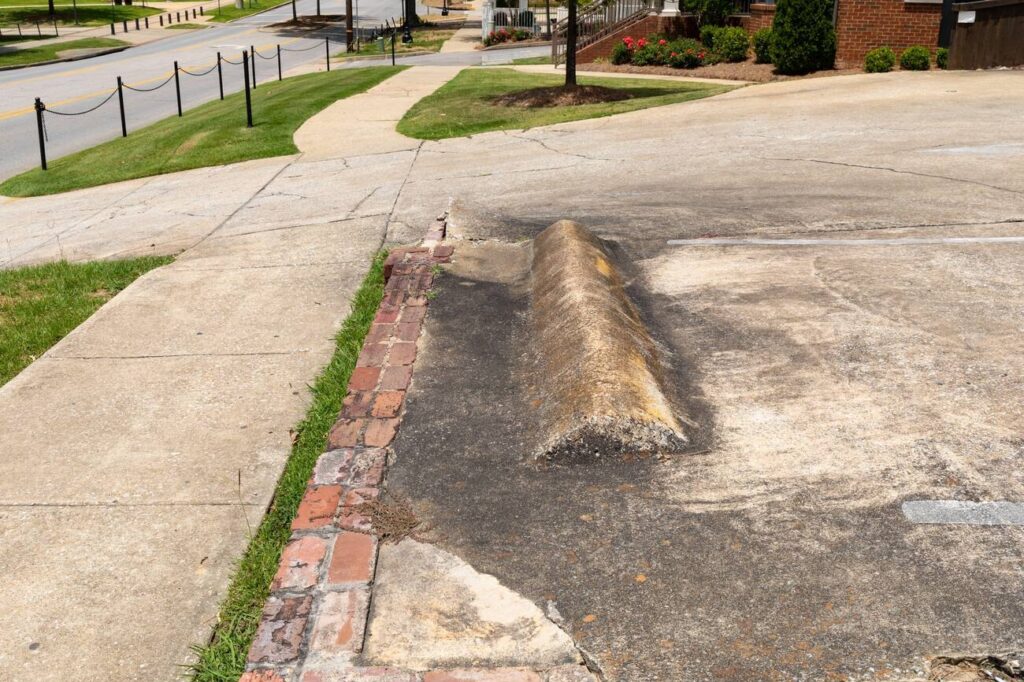
Fresh mortar, exactly formulated to healthy the original mortar in composition and color, is then applied to the wiped clean joints using a pointing device. The mortar is pressed firmly into the joints to make certain a good bond and ok insurance. Excess mortar is meticulously trimmed away, and the joints are completed to gain a unbroken integration with the encompassing masonry.
Applications:
Repointing is indispensable in keeping the structural integrity of historical buildings, monuments, and history websites. It prevents moisture intrusion, reduces the risk of structural instability, and safeguards in opposition to capability water harm and crumbling masonry. Additionally, repointing complements the classy attraction of older systems by using rejuvenating their facades and keeping historical authenticity.
Tuckpointing: Enhancing Visual Appeal
Definition:
Tuckpointing, often mistaken for repointing, is a meticulous masonry method geared toward enhancing the visible appeal of brickwork or stonework via developing the phantasm of satisfactory, uniform mortar joints. Unlike repointing, which makes a speciality of structural reinforcement, tuckpointing is in general aesthetic in nature, serving to accentuate the geometry and design of the masonry while concealing imperfections.
Technique:
The tuckpointing system involves the skillful software of two contrasting colorations of mortar to create the illusion of thin, even mortar joints. First, the existing mortar joints are cleaned and organized, just like the repointing method. Then, a fine line of contrasting mortar, normally white or any other mild coloration, is cautiously carried out to the center of each joint using a slender pointing tool.

Once the contrasting mortar has been implemented, a 2d mortar, matching the shade of the bricks or stones, is skillfully implemented to both facet of the contrasting line. The mason meticulously shapes and smoothes the mortar to gain a flush end, ensuring that handiest a skinny strip of the contrasting mortar stays seen. This method creates the phantasm of tightly packed, uniform mortar joints, improving the overall appearance of the masonry.
Applications:
Tuckpointing is normally employed in architectural healing tasks and historical upkeep efforts to revitalize the exteriors of homes and systems. It is especially effective in rejuvenating weathered or deteriorated brickwork, imparting a crisp, subtle look to facades and accentuating architectural details. Additionally, tuckpointing lets in for creative expression, as masons can manipulate mortar hues and textures to obtain various aesthetic effects.
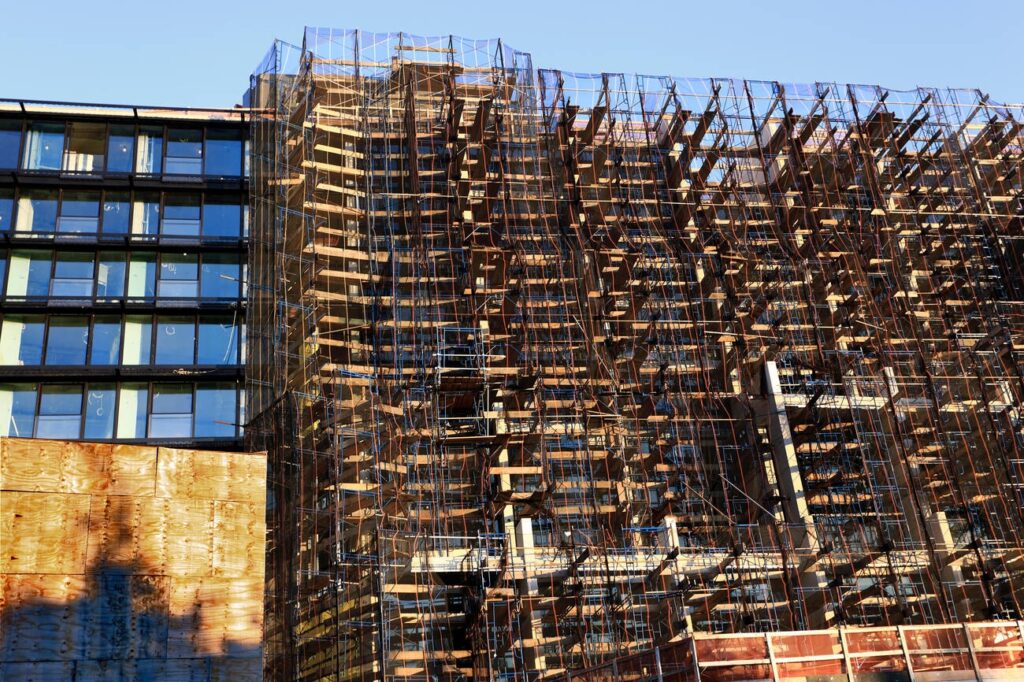
Conclusion:
In summary, while repointing and tuckpointing proportion the not unusual goal of maintaining and improving masonry systems, they vary significantly in their strategies, objectives, and packages. Repointing specializes in structural reinforcement and durability, addressing deteriorated mortar joints to make certain the steadiness and sturdiness of the masonry. In evaluation, tuckpointing is often aesthetic, aiming to create visually appealing mortar joints that accentuate the geometry and design of the masonry. Understanding the differences among these techniques is crucial for efficaciously maintaining and restoring brickwork and stonework, whether for structural integrity or aesthetic enhancement.
